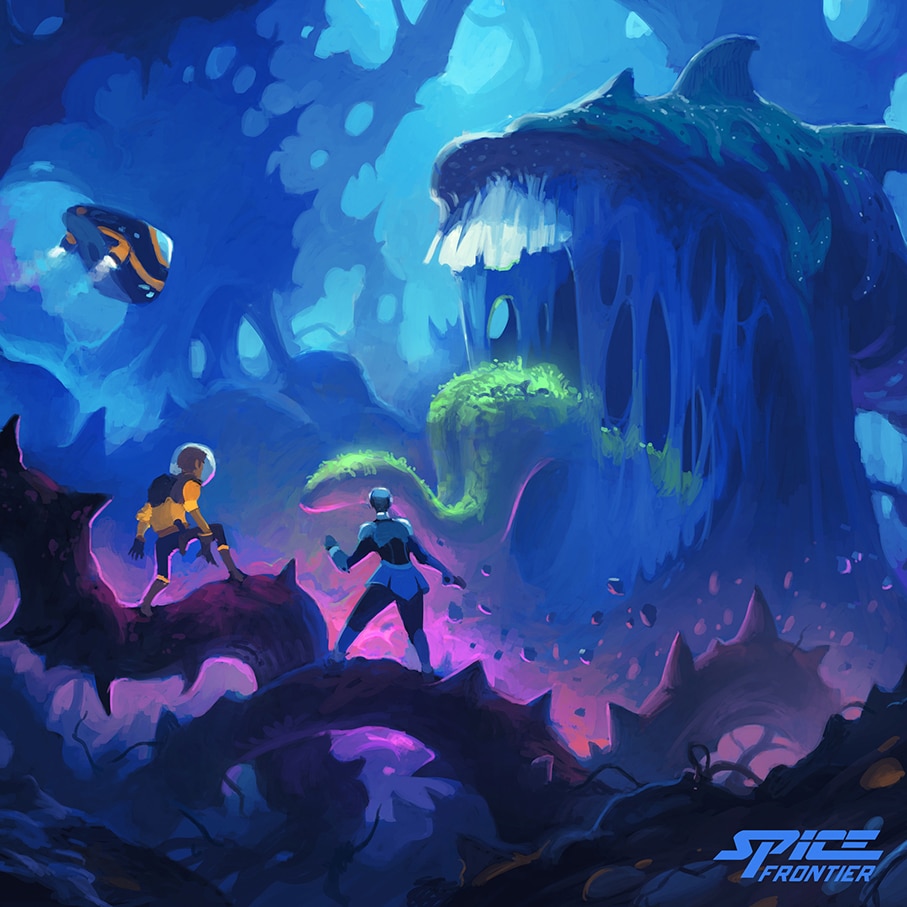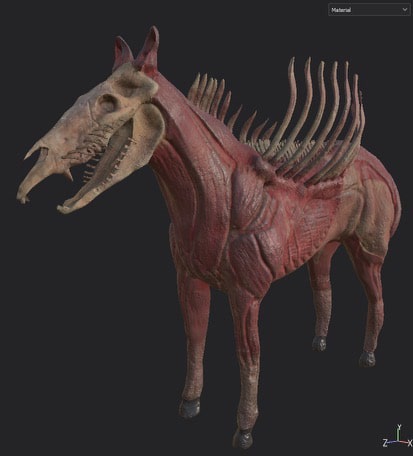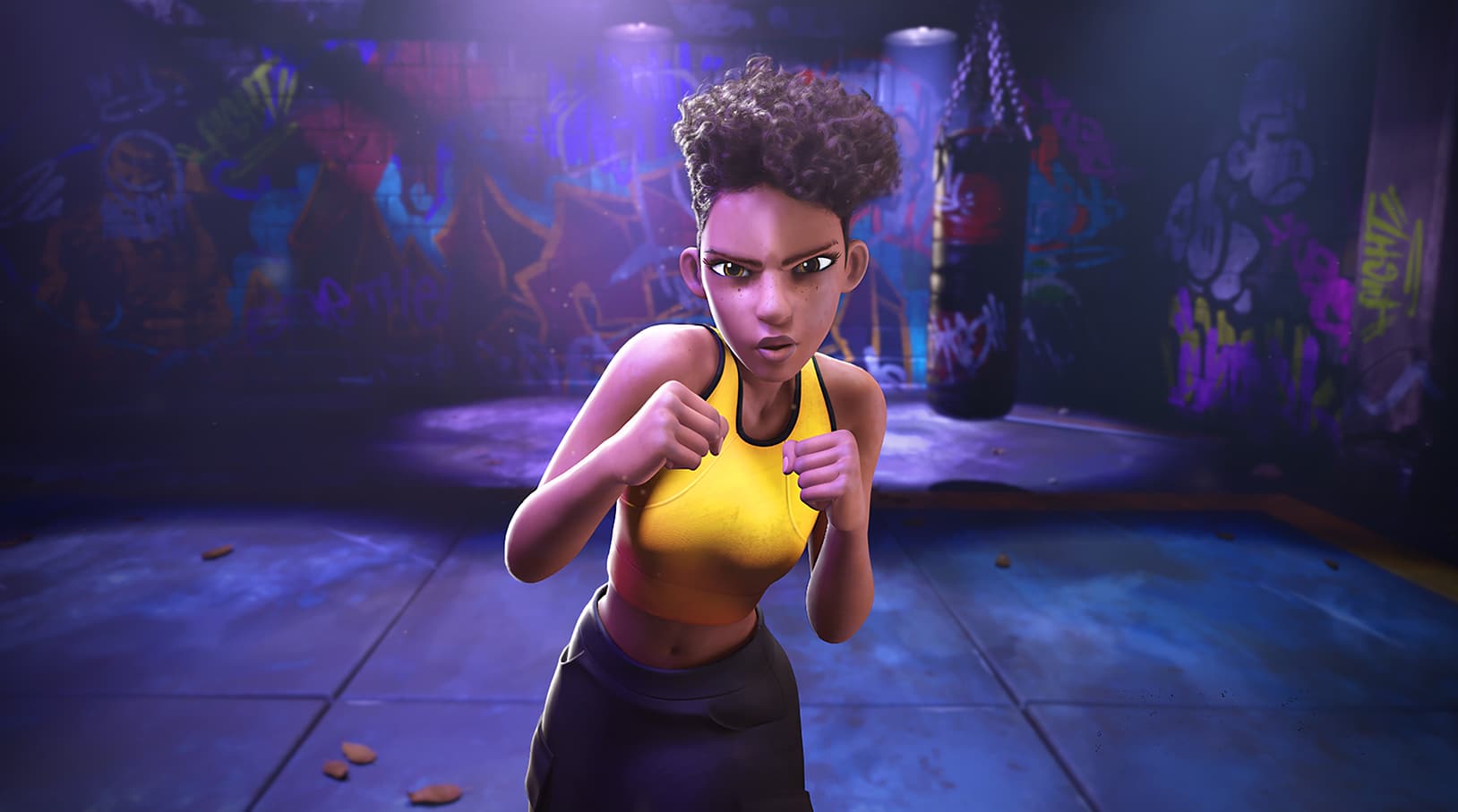
Animation has really come a long way in the past few decades, and with the advent of Disney Plus, there are new movies reaching families at a truly amazing rate. We may have even become so used to seeing animation that we now pay little mind to it, but few are aware of just how much work goes into this form of art. When looking at a painting, for example, the viewer generally knows it was likely created by one artist. Animation is also art, but it’s a totally different story.
One resident, Chris Williams, is no stranger to the rigors and extraordinary organization that goes into producing award-winning movies. With over 20 years of film industry experience working with Sony, Disney, Blue Sky, and now Skydance, he has worked on feature films such as Cloudy with a Chance of Meatballs, The Peanuts Movie, and perhaps most notably the original Spider-Man trilogy. He emphasizes that an animator is a part of a huge team of individuals that have various roles and responsibilities.
“I got a degree in art history, and back then computer animation was just starting,” he says. “Jurassic Park came out in ‘94 and that really changed the opportunities available and got me excited about what was possible. I started out in TV animation, but my ultimate goal was to transition into the more detailed world of feature animation.”
Familiar with the animation process as an animation supervisor, Williams has an extensive background in keyframe animation; the art of bringing realistic movement to a character. Once the director and visual development team approve a character, the form is modeled from basic shapes into a 3D mesh. Then, the character passes to the skeletal animator, or rigger, who places pivot points in the character that allow movements as well as limitations. These pivot points act as joints in a skeleton and often number into the thousands.
“Once it passes to the animators, our job is to craft the performance so it meets the director’s vision for his or her film,” says Williams. “Most people don’t realize that even small details, such as the muscles bulging under the skin, need to be integrated into the process. When I worked on the Spiderman movies, my goal was to make the computer animated stunt double look as much like Toby Maguire as possible.”
Matching computer animation to reality as accurately as possible is an important practice within animation and is an art form in itself; a pursuit where Williams feels most at home. If this can be compared to artistic realism, then the more surrealist pursuit of pure animation is a different world.
Mike Safianoff, another Ridgefield resident, is an Animation Supervisor at Steamroller Studios and has worked on several notable films such as Iron Man 2, Ferdinand, How to Train Your Dragon 2, Puss in Boots, The Spiderwick Chronicles and more.
“I’ve actually always preferred entirely CG (computer generated) animation and I really got into it when I worked with Dreamworks,” he says. “It can be challenging but its creatively rewarding.”
Safianoff gives characters movement as well. Although the characters he works on are often only loosely based on reality, he still looks to the real world for inspiration to inform his work.
“YouTube is an animators’ best friend,” he says. “Right now, I’m working on a scene where a creature is jumping out of the water. Obviously, I can’t act that out myself, so I watch a lot of nature documentaries. Animators are always thinking about psychology and movements, because tiny details make a difference in making a character believable.”

Alongside the animator are other departments working to put an entire scene together. Storyboard artists sketch out the rough storyline of the movie, and color scripts that depict a single frame of a scene help animators with the style, lighting, and general mood of a particular scene. Camera angles are simulated to capture the scene.
Once the scene and movements are established, clothing, weather, fur, and other environmental factors are simulated by computer programs according to physics. This saves animators from doing impossible tasks by hand, such as animating each strand of hair to move separately.

This whole process can take a long time even with a team of artists. For example, the recent film Encanto has a total run time of 90 minutes and 28 seconds, which is composed of 40 sequences, or scenes. These sequences are further broken down into shots, which are typically 0-30 seconds long. In each second there are 24 frames, and each frame is doubled and modifies slightly to account for the left and right eye, to create the illusion of depth. So, in total, there are 267,418 total frames rendered for this one movie, Encanto, and each frame is worked on individually. Once the frames are put together, there is still further editing to be done, including music scoring and voiceover work, which can also inform further edits. On average, a movie takes 3 to 5 years to complete, even with such a skilled team.
Given how quickly and how many animated movies are coming out, the way that artistic and scientific abilities come together to create this sophisticated symphony of digital elements, music, and acting is truly incredible. Safianoff and Williams worked hard to be where they are now but expressed how exciting the developments have been. Perhaps most importantly, they emphasized how many opportunities there are for young people to enter this exciting line of work.
“It’s all art, of course, but there are definitely different opportunities,” said Williams. “You could enter as a special effects artist, lighting specialist, storyboard artist, art director, character designer, etc. At one end, you have heavy math and analytic thinking for rigging and software development, with the pure creativity of the art director on the other end of the spectrum, and everything in between.”
Both animators also emphasized that for any teenager who is interested, they have commercial grade software at their fingertips, sometimes for free. These programs include Unreal Engine and Unity, which can be used to customize video games, and a free program called Blender is extremely powerful for modeling and lighting. There are huge communities of support surrounding these programs that are available online. Self-taught animation is possible and a good jumping off point, but on the other hand, a good old-fashioned apprenticeship is also important.
“Four-year schools and online programs are great, but you need to have a teacher that has worked in the industry,” said Safianoff. “An animation expert is key, and you really need to learn from someone who is doing it with you. The whole industry is constantly improving, so if
you’re not getting better, you’re actually getting worse!”
So, next time you have a family movie night, dim the lights and pick an animated movie. Pay extra attention to the extraordinary detail and remember how much of an artistic endeavor it truly is. Who knows, someone in your neighborhood may have worked on it, and your kids by your side may one day work on the next wave of movies to get animated about. •